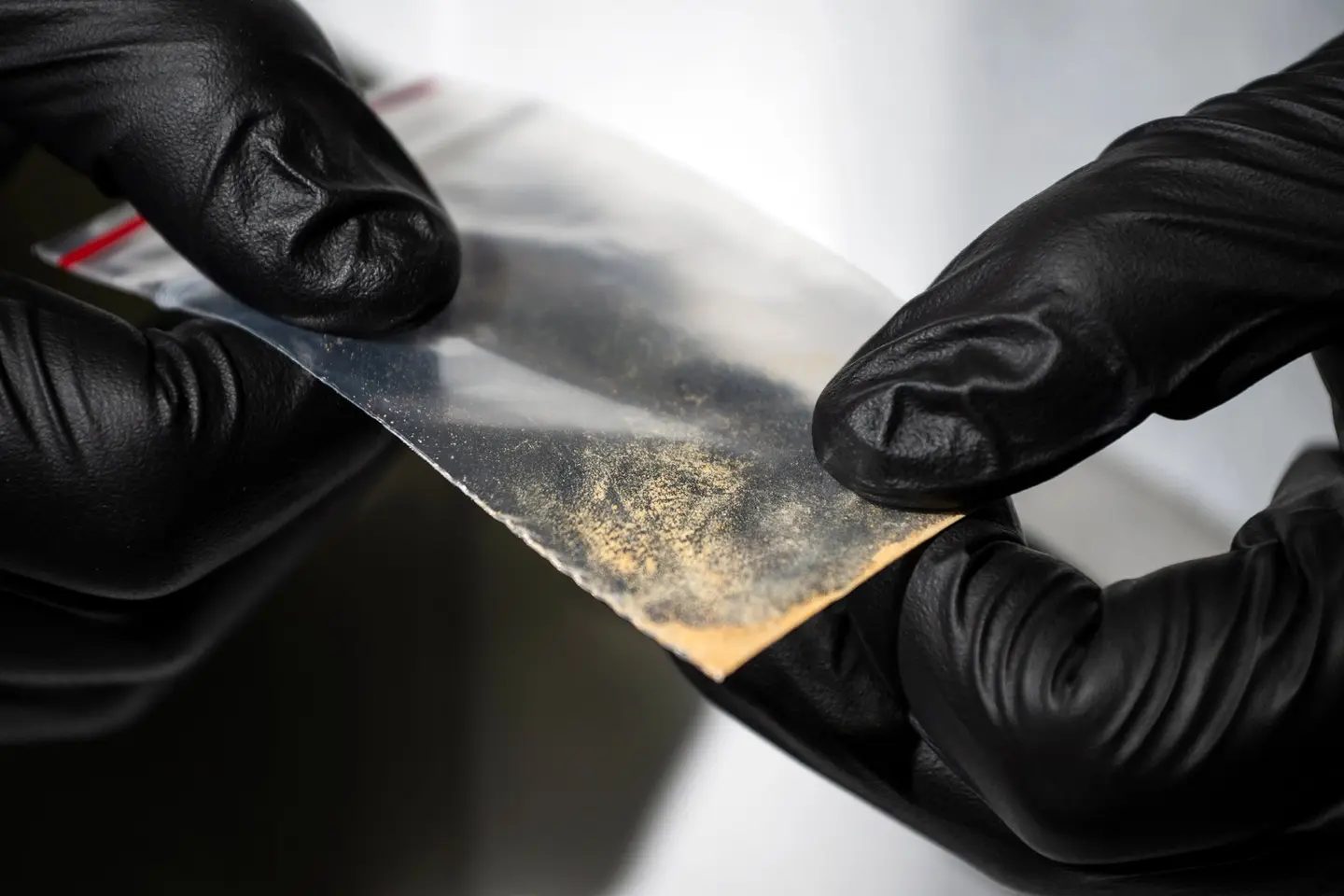As U.S. authorities intensify efforts to stop the fentanyl trade, a new class of synthetic opioids— nitazene—is quietly making its way into the drug supply, alarming scientists and public health experts.
Nitazenes, first developed in the 1950s but never approved for medical use, have now been detected in at least 15 states, with analogues like protonitazene and metonitazene found at levels of potency similar to or stronger than fentanyl. Some variants are exponentially more powerful.
Experts warn their impact is likely underreported, since most autopsies and toxicology screens lack the advanced tools needed to detect them.
“We’re at this really unique inflection point where a lot of the fentanyl supply is contracting,” said Dr. Nabarun Dasgupta of the University of North Carolina. “Other drugs, including nitazenes, may fill those gaps.”
Under the Radar but Growing
-
Tennessee has emerged as a bellwether state, reporting the highest concentration of nitazenes in drug samples.
-
Researchers with NPS Discovery, a forensic early warning system, say overdose deaths tied to nitazenes are rising, particularly in North America, which leads global consumption.
-
Nitazenes often go undetected because the CDC groups overdose deaths under the broad category of “synthetic opioids,” without specifying nitazenes.
Enforcement and the “Iron Law of Prohibition”
Analysts note the drugs’ rise may be tied to the government’s aggressive crackdown on fentanyl. In July, President Donald Trump signed the HALT Fentanyl Act, elevating fentanyl to a Schedule I drug and imposing harsher penalties.
Historically, when enforcement increases on one drug, traffickers shift to new, often stronger substances—a phenomenon known as the Iron Law of Prohibition. Heroin’s decline a decade ago and fentanyl’s dominance today are prime examples.
Supply Chains and Risks Ahead
Unlike fentanyl, which primarily enters the U.S. from Mexico, nitazenes are manufactured in China and move along separate supply chains. They sometimes merge with fentanyl in the street supply, raising risks for users who may not know they’re consuming them.
Still, experts caution that nitazenes do not yet rival fentanyl in scale. Instead, their emergence signals a “period of hyper-change” in the drug market.
“Fundamentally, an unregulated drug supply is going to always be changing,” Dasgupta said. “And we’re just at a period of hyper-change we’ve never seen before.”















Leave a Reply